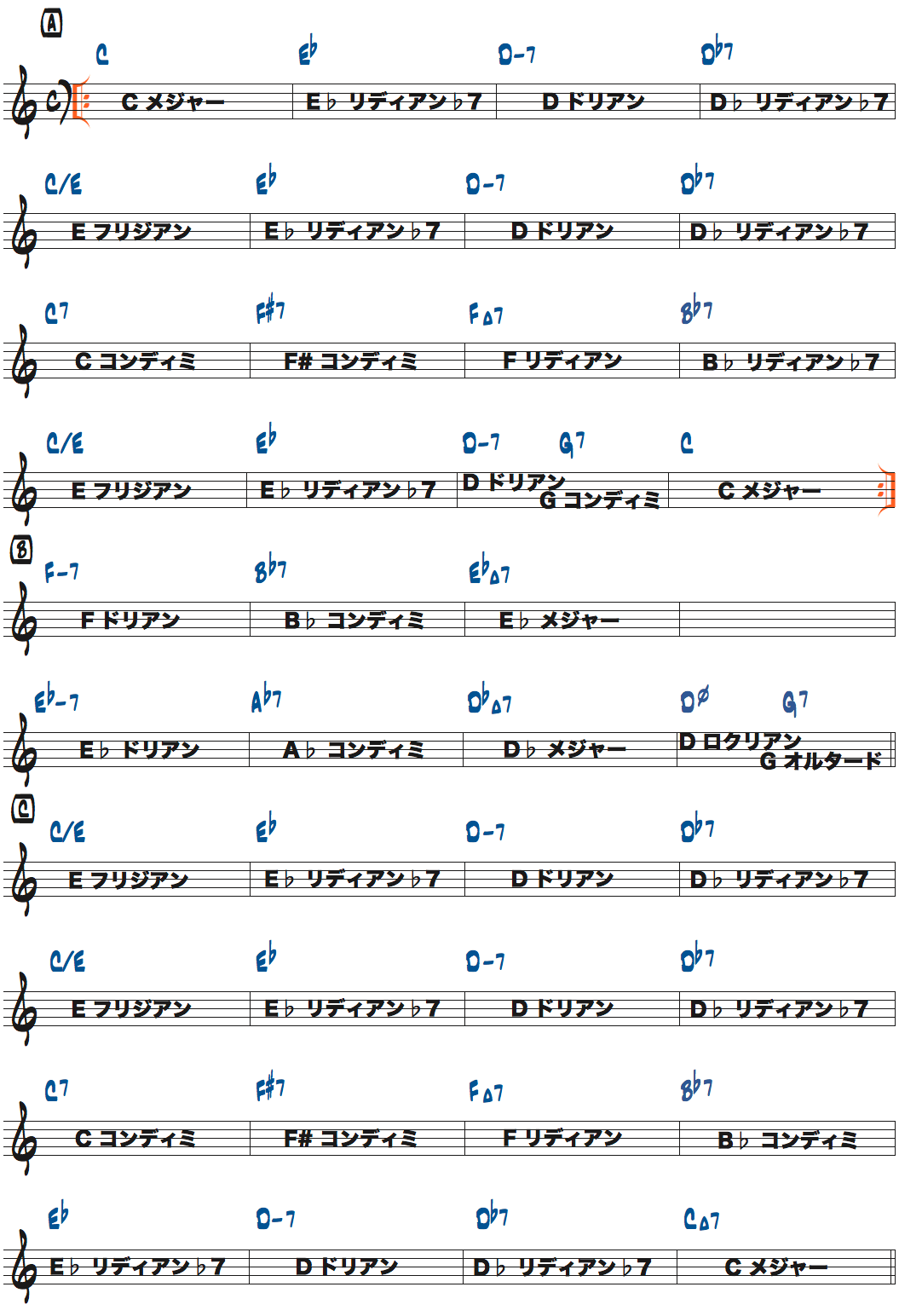

and introducing Getz to the style - have the perfect touch for bossa nova's delicate, airy texture. Getz and his co-billed partner, guitarist Charlie Byrd - who was actually responsible for bringing bossa nova records to the U.S. But above all, Jazz Samba stands on its own artistic merit as a shimmering, graceful collection that's as subtly advanced - in harmony and rhythm - as it is beautiful.

And it was just as commercially successful, topping the LP charts and producing its own pop chart hit single in "Desafinado." It was the true beginning of the bossa nova craze, and introduced several standards of the genre (including Ary Barroso's "Bahia" and Antonio Carlos Jobim's "Desafinado" and "Samba de Uma Nota Só" ). But Jazz Samba is just as crucial and groundbreaking after all, it came first, and in fact was the first full-fledged bossa nova album ever recorded by American jazz musicians. "Partly because of its Brazilian collaborators and partly because of "The Girl From Ipanema," Getz/Gilberto is nearly always acknowledged as the Stan Getz bossa nova LP. This CD compilation produced by Jordi Pujol Recording engineers: Ed Green (#1-8) George Kneurr, Frank Laico (#9-16) and Rudy Van Gelder (#17) Original recordings produced by Creed Taylor Stan Getz, tenor sax, accompanied by an unidentified orchestra. Joe Ferrante & Nick Travis, trumpets, replace Glow & Terry Willie Dennis, trombone, replaces Brookmeyer Walt Levinsky, clarinet, replaces Beckenstein, who subs for Sanfino on flute. Personnel: Doc Severinsen, Bernie Glow, trumpets Clark Terry, fluegelhorn Bob Brookmeyer, valve trombone Tony Studd, bass trombone Ray Alonge, French horn Eddie Caine, alto-flute Jerry Sanfino, flute Arthur Babe Clarke, Ray Beckenstein, clarinets Romeo Penque, bass-clarinet Hank Jones, piano Jim Hall, guitar Tommy Williams, bass Johnny Rae, drums Jose Paulo, tambourine Carmen Costa, cabassa. Stan Getz, tenor sax, with Orchestra Arranged & Conducted by Gary McFarland Recorded at Pierce Hall, All Souls Unitarian Church, Washington DC, February 13, 1962

Stan Getz, tenor sax Charlie Byrd, guitar Keter Betts, bass Gene Byrd, bass and guitar Buddy Deppenschmidt, Bill Reichenbach, drums. Tracks #9-16, from the album " Big Band Bossa Nova" (Verve V6-8494) Tracks #2-8, from the album " Jazz Samba" (Verve V6-8432) Tracks #1 & 17, from the 45 rpm single (Verve VK 10260) Kildare (Three Stars Will Shine Tonight) (Goldsmith-Rugolo) 2:24* Samba De Uma Nota So (One Note Samba) (Jobim-Mendonça) 3:25ġ7. Noite Triste (Night Sadness) (McFarland) 4:55ġ5. Chega De Saudade (No More Blues) (Jobim-De Moraes) 4:15ġ4. Entre Amigos (Sympathy Between Friends) (McFarland) 2:57ġ3. Melancolico (Melancholy) (McFarland) 4:40ġ2. Balanço No Samba (Street Dance) (McFarland) 3:01ġ1. Manha De Carnival (Morning of Carnival) (Bonfa) 5:46ġ0. Samba De Uma Nota So (One Note Samba) (Jobim-Mendonça) 6:10Ġ9. O Pato (The Duck) (Silva-Teixeira) 2:29Ġ5. The difference was his successand thats show business.Ġ1. Yet a year before, Stan Getz had been playing every bit as brilliantly, and as sensitively as in these albums. The first follow-up, Big Band Bossa Nova with Gary McFarland, was in the charts, too, for several weeks. Sparked by the Getz-Byrd smash album, the bossa nova trend continued to build with more albums. In a culminating irony, he returned to top place in the 1962 Down Beat Readers Poll. Suddenly, Getz was the only jazz saxophonist in the charts, and Desafinado made the Billboard Top 20 for pop singles and won a best solo jazz performance Grammy for Getz. Yet the album started the Bossa Nova movement in American popular music and Jazz Samba rocketed up the charts and got Getz on to rock-and-roll stations, so that teenagers were listening to the single version of Desafinado, pulled up from the Verve LP. The idea developed of making an album of some of these tunes. I didnt know anything about bossa nova, Getz said.

The tide did not turn until 1962, when he and guitarist Charlie Byrd recorded Jazz Samba for the Verve label. So, in the 1960 readers poll, he had slipped from the first place tenor slot he had won every year since 1950. had moved towards harder, more aggressive statements, characteristics not found in his lyrical approach. When Stan Getz returned to New York early in 1961 after more than two years in Denmark, he found jazz trends in the U.S.


 0 kommentar(er)
0 kommentar(er)
